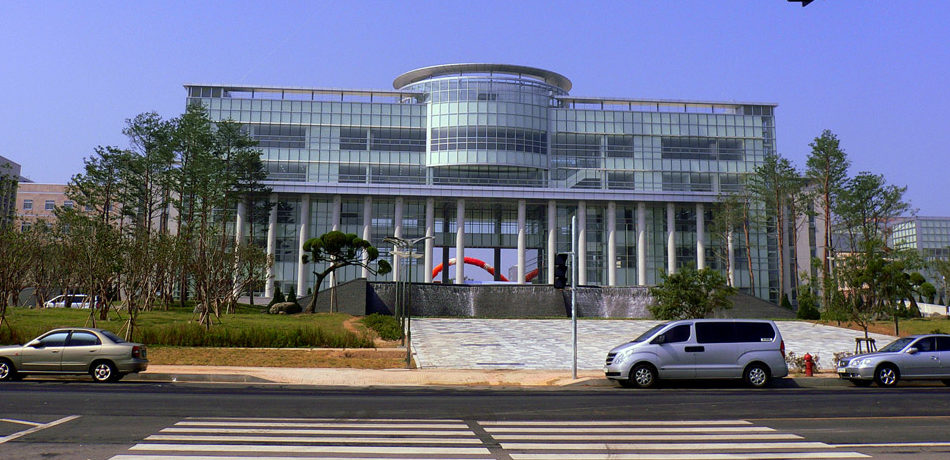From pv magazine International
A Vietnamese-Korean research group has developed a four-terminal perovskite-silicon tandem solar cell with a special bifacial configuration for albedo reflection. The cell achieved a power conversion efficiency of 30.09% (taking into account the rear side performance).
The tandem device was built with a bifacial crystalline silicon perovskite-filtered heterojunction sub-cell, which the scientists described as able to absorb the solar spectrum from both the front and rear sides and achieve a significant enhancement compared with semitransparent amorphous silicon sub-cells, as it absorbs all solar spectra in the short-wavelength range.
The perovskite used in the sub-cell is methylammonium-lead (ΙΙ) iodide (CH3NH3PbI3). The hole and electron transport layers were developed with nickel(II) oxide (NiO) and PCBM, which is a solubilized version of the buckminsterfullerene C60, respectively. The NiO was deposited through an atomic layer deposition (ALD) process, while spin coating was used to coat the PCBM on the absorber layer. Commercial Czochralski-grown n-type crystalline silicon wafers with a thickness of 200 microns were utilized for the heterojunction cell. Layers of the amorphous silicon were grown on the cell via plasma-enhanced chemical vapor deposition in a cluster system.
The researchers explained that in a traditional four-terminal perovskite/silicon configuration, the solar spectrum in the short-wavelength range is absorbed by the perovskite top sub-cell, while the remaining light is absorbed by the silicon heterojunction sub-cell beneath. “However, not all photons corresponding to bottom sub-cell’s optical bandgap can be yielded,” they further explained.
In the proposed cell configuration, the bifaciality increases the number of absorbed photons. “As a result, short-circuit current and the conversion efficiency of the crystalline silicon heterojunction bottom sub-cell improved from ~ 15.15 to 33.5 mA/cm2 and from 8.68 to 12.99%, respectively, when the albedo reflection increased from 0 to 0.5 sun,” the academics stated. “The albedo reflection intensity can be accurately adjusted in the range of 0–0.5 sun by altering the distance between the cell holder and illumination source.”
This efficiency increase was able to raise the cell’s overall efficiency (including light reflected to the rear side) from 25.78 to 30.09%. The solar cell is presented in the paper Over 30% efficiency bifacial 4-terminal perovskite-heterojunction silicon tandem solar cells with spectral albedo, published in scientific reports. The research group comprises scientists from the Incheon National University and the Sungkyunkwan University (SKKU) in South Korea, as well as the National University and the Ton Duc Thang University in Vietnam.
“This approach achieved a conversion efficiency exceeding 30%, which is higher than those of both the top and bottom sub-cells,” reads the study. “Notably, this efficiency is also greater than the Schockley–Quiesser limit of the single-junction c-Si solar cell (approximately 29.43%).”
This content is protected by copyright and may not be reused. If you want to cooperate with us and would like to reuse some of our content, please contact: editors@pv-magazine.com.









By submitting this form you agree to pv magazine using your data for the purposes of publishing your comment.
Your personal data will only be disclosed or otherwise transmitted to third parties for the purposes of spam filtering or if this is necessary for technical maintenance of the website. Any other transfer to third parties will not take place unless this is justified on the basis of applicable data protection regulations or if pv magazine is legally obliged to do so.
You may revoke this consent at any time with effect for the future, in which case your personal data will be deleted immediately. Otherwise, your data will be deleted if pv magazine has processed your request or the purpose of data storage is fulfilled.
Further information on data privacy can be found in our Data Protection Policy.